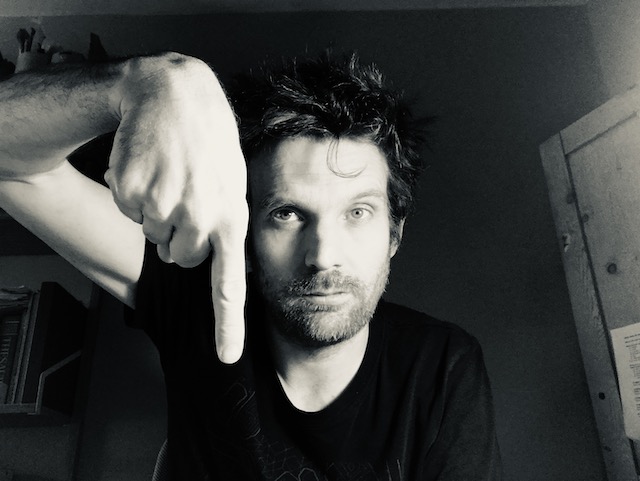Today I’ve been imagining what a design process might look like if its goal was the opposite of enabling humans and the living world to survive, thrive, and co-evolve.
I have called it Short-Term Design from Anywhere.
It might look like parachuting into a place we know nothing about and immediately starting to develop ideas. It might mean designing without ever visiting the site—relying instead on drawings, Google Earth and reports. It could mean defining success in ways that have nothing to do with the community or ecosystem of that place. It might not even consider the ecosystem at all.
Short-Term Design from Anywhere is about importing ideas from elsewhere—assuming that what worked well in one place will work just as well in another. It loves one-size-fits-all solutions that seem economically efficient but fail to account for the cost of misalignment at a local level.
This approach to design typically involves no local participation, no engagement, and no involvement—not in the design, not in construction, not in long-term operation. It requires no commitment to place, no exposure to long-term risks. It’s perfect for prioritising return on investment for external stakeholders with no stake in the place itself.
Most of all, Short-Term Design from Anywhere assumes everything will work perfectly the first time. It does not anticipate learning, adaptation, or unintended consequences. And it rarely includes designers who stick around to find out what actually happens.
Overall, Short-Term Design from Anywhere doesn’t sound like a great approach.
Fortunately, there’s another way—one that works with place rather than against it. More on that tomorrow.
